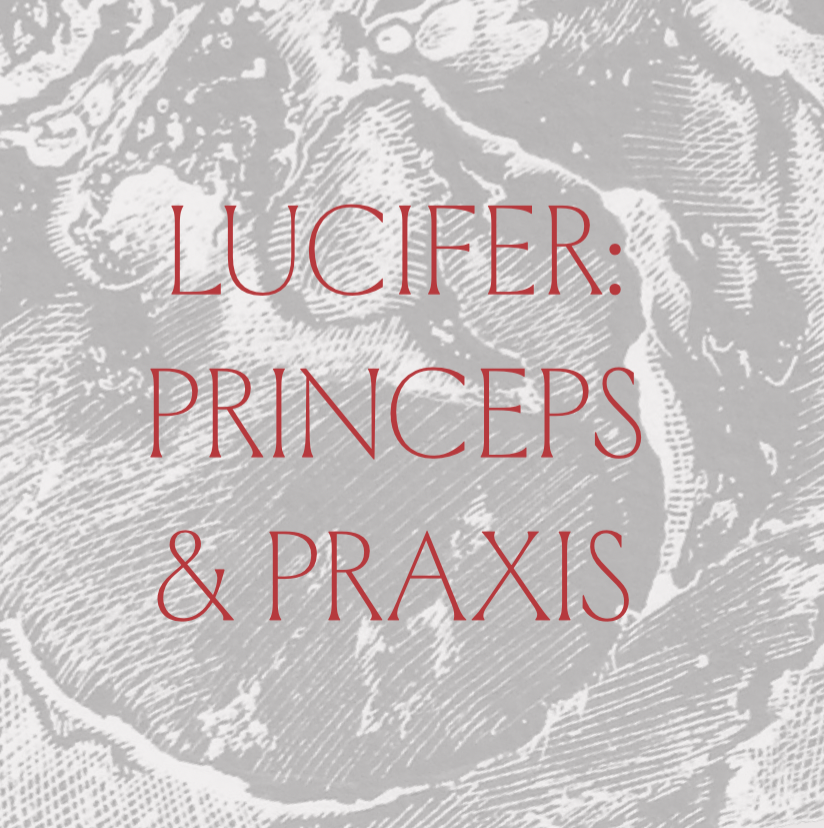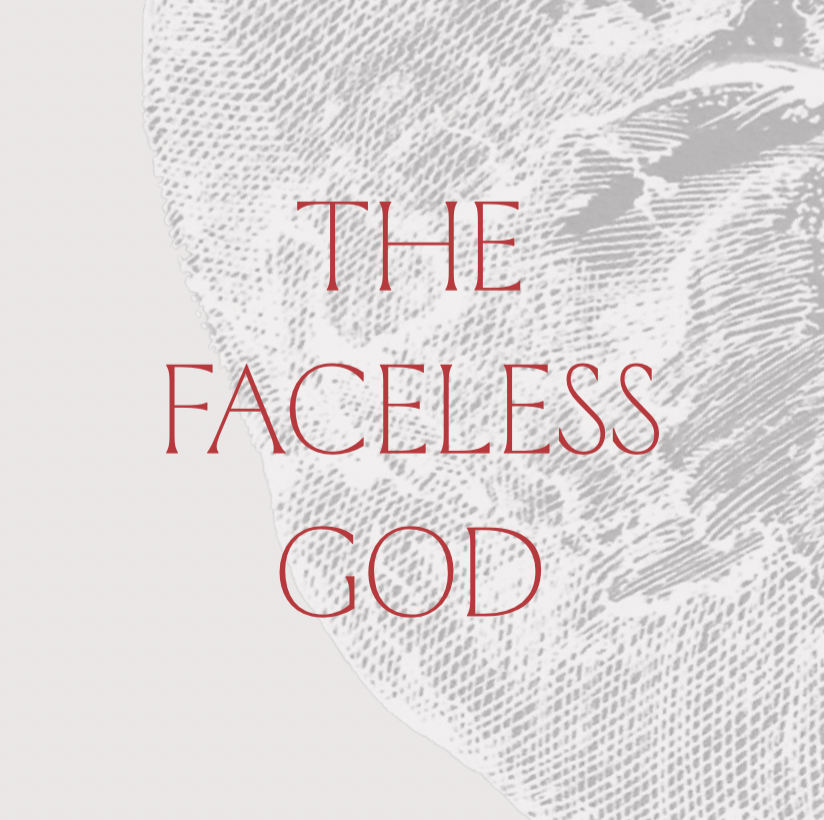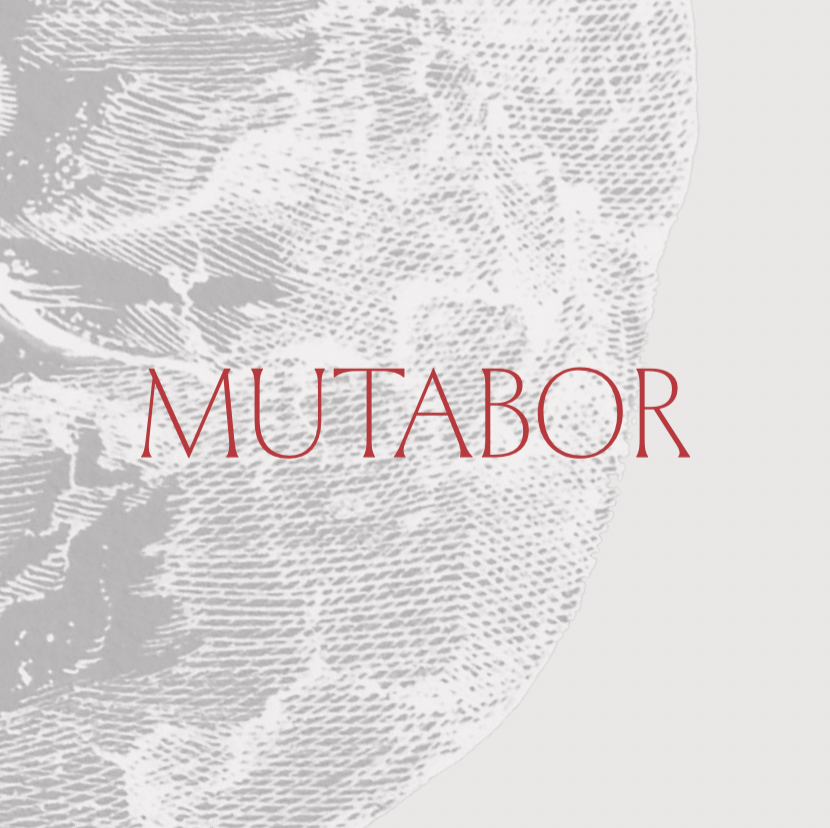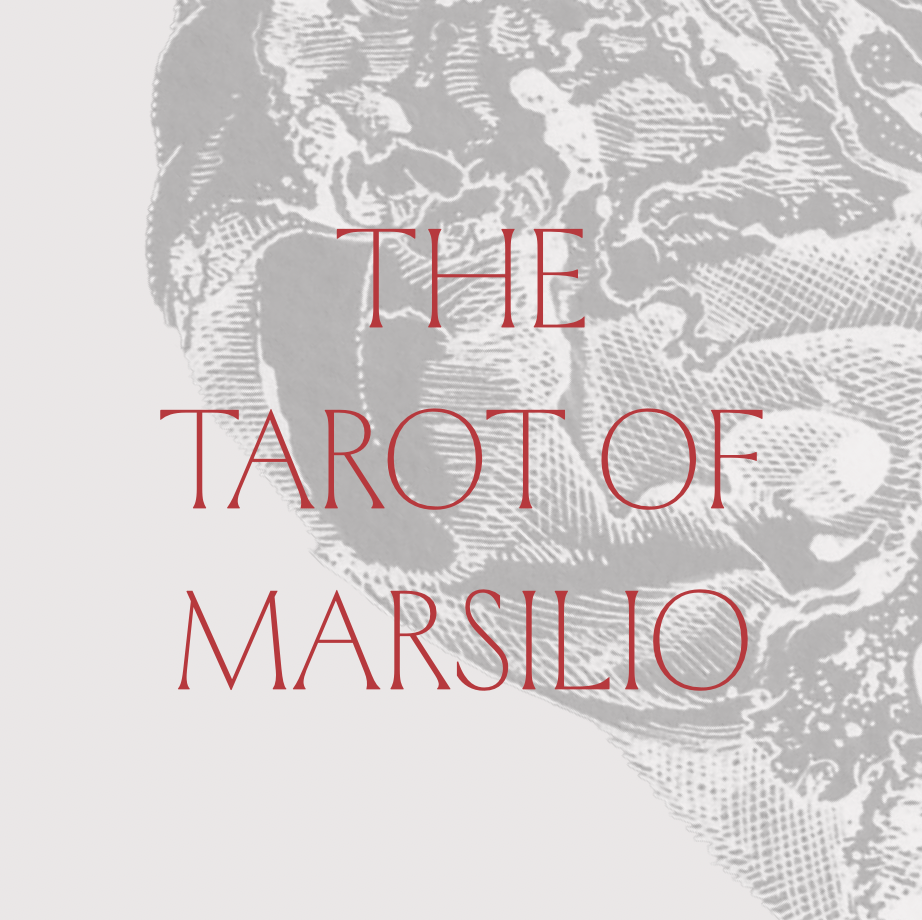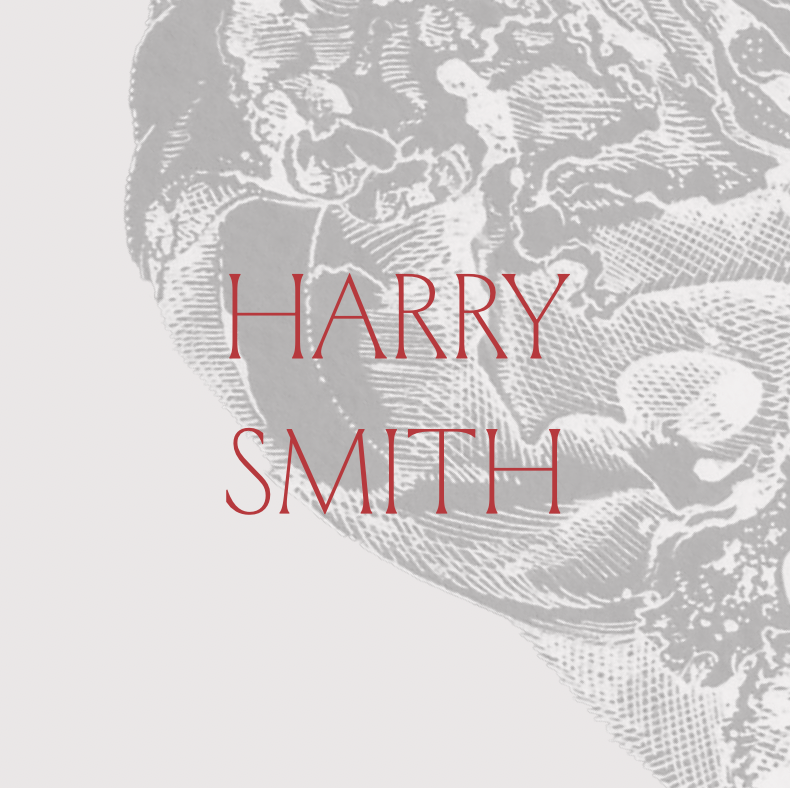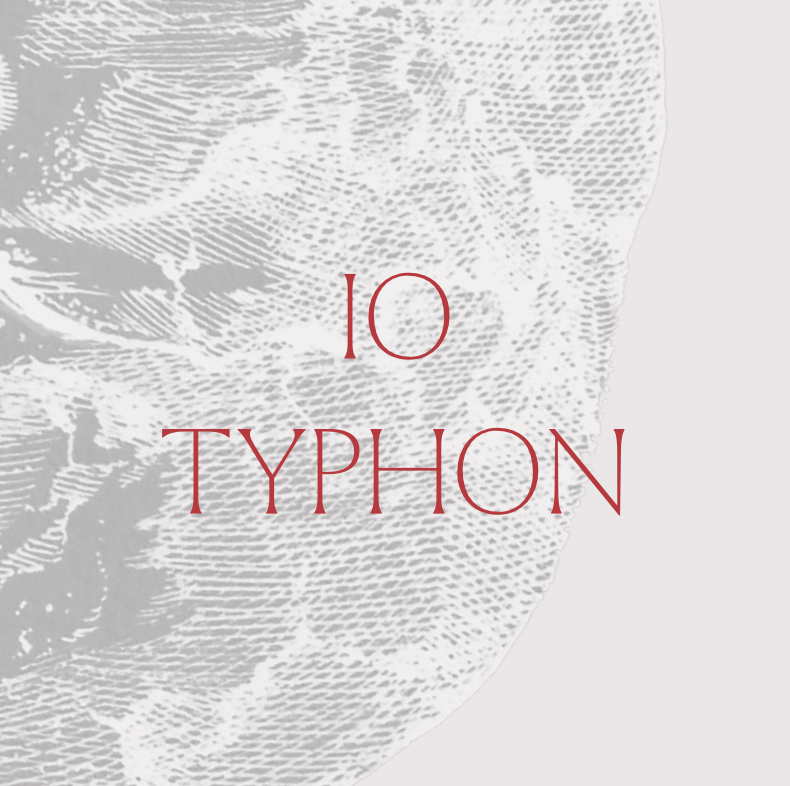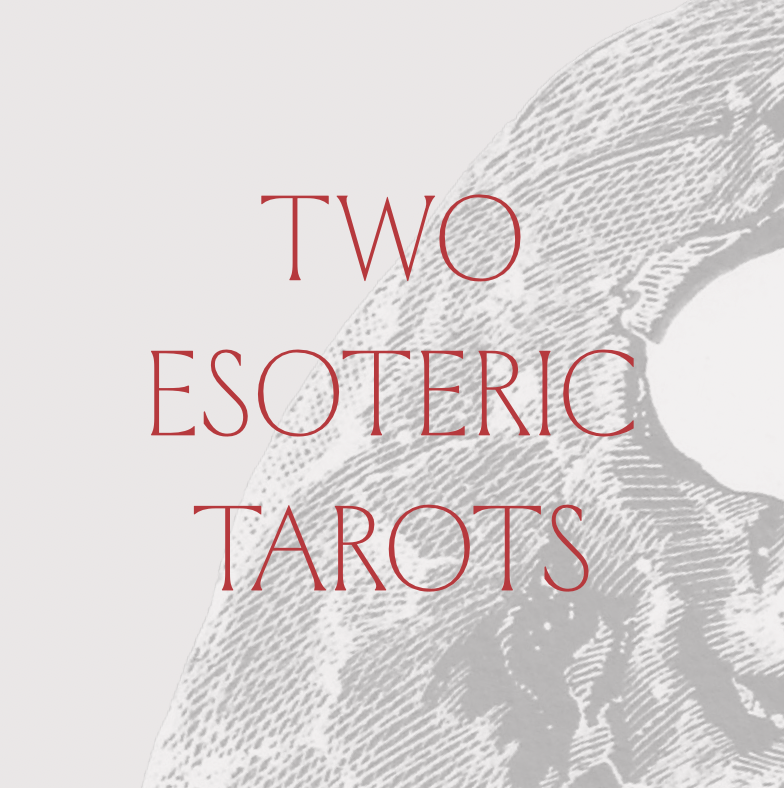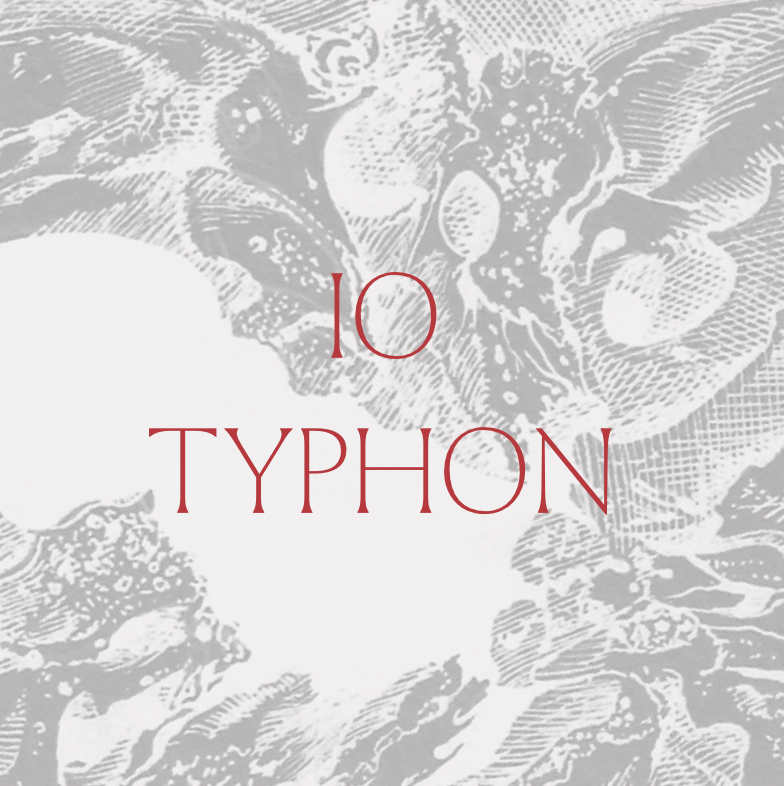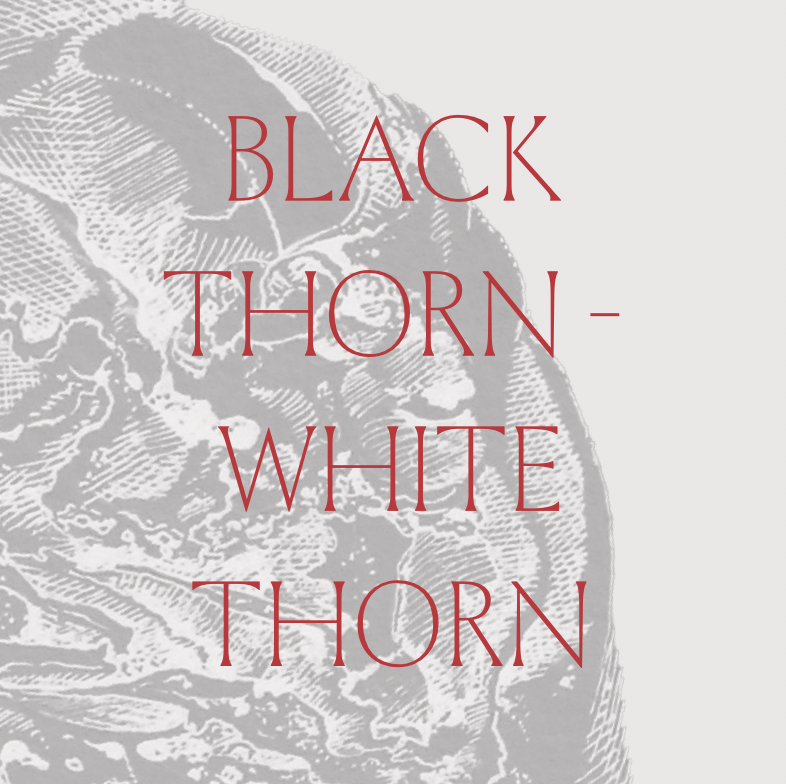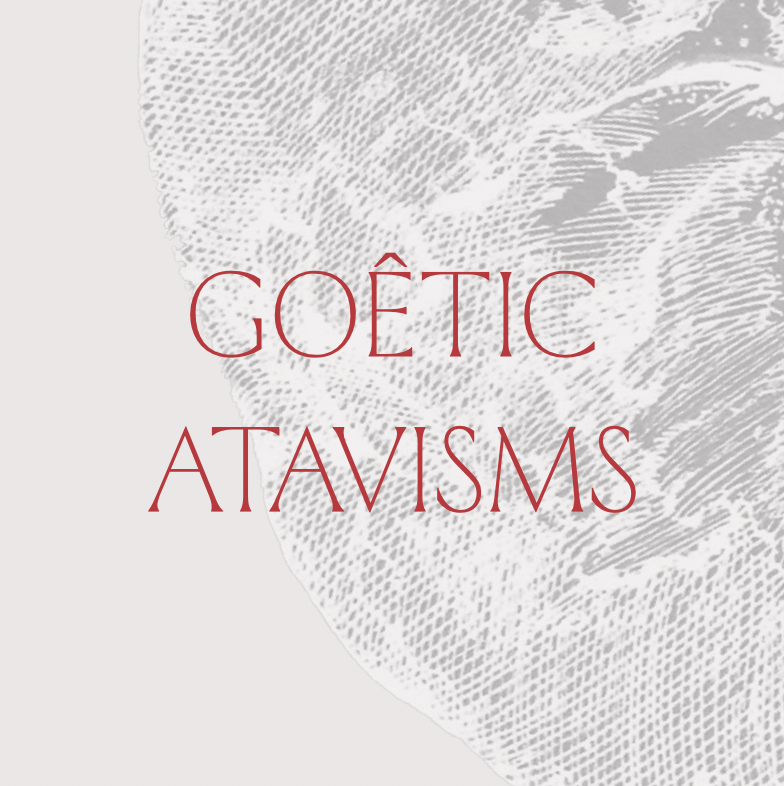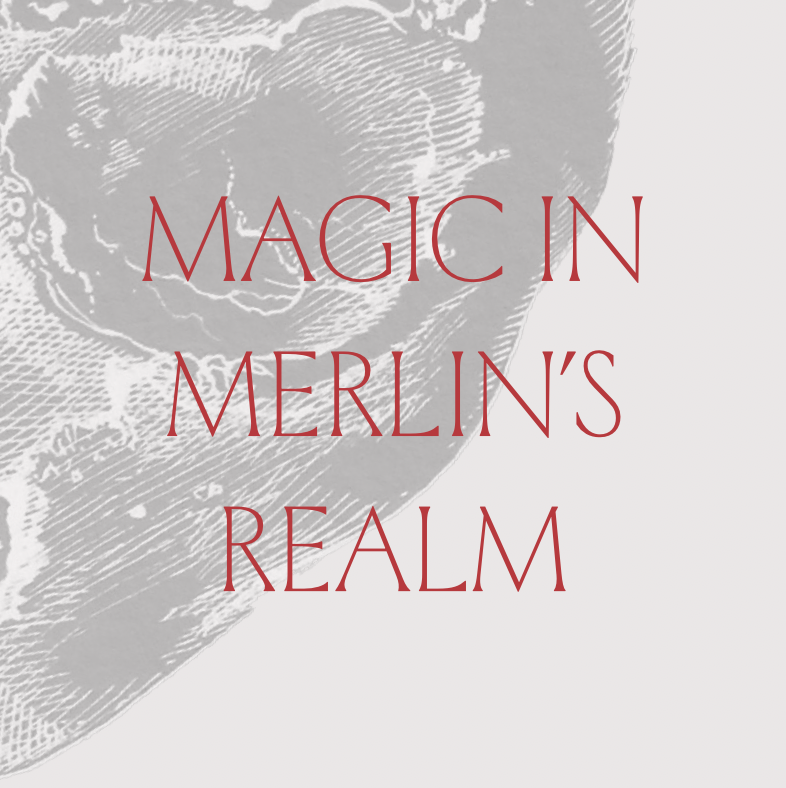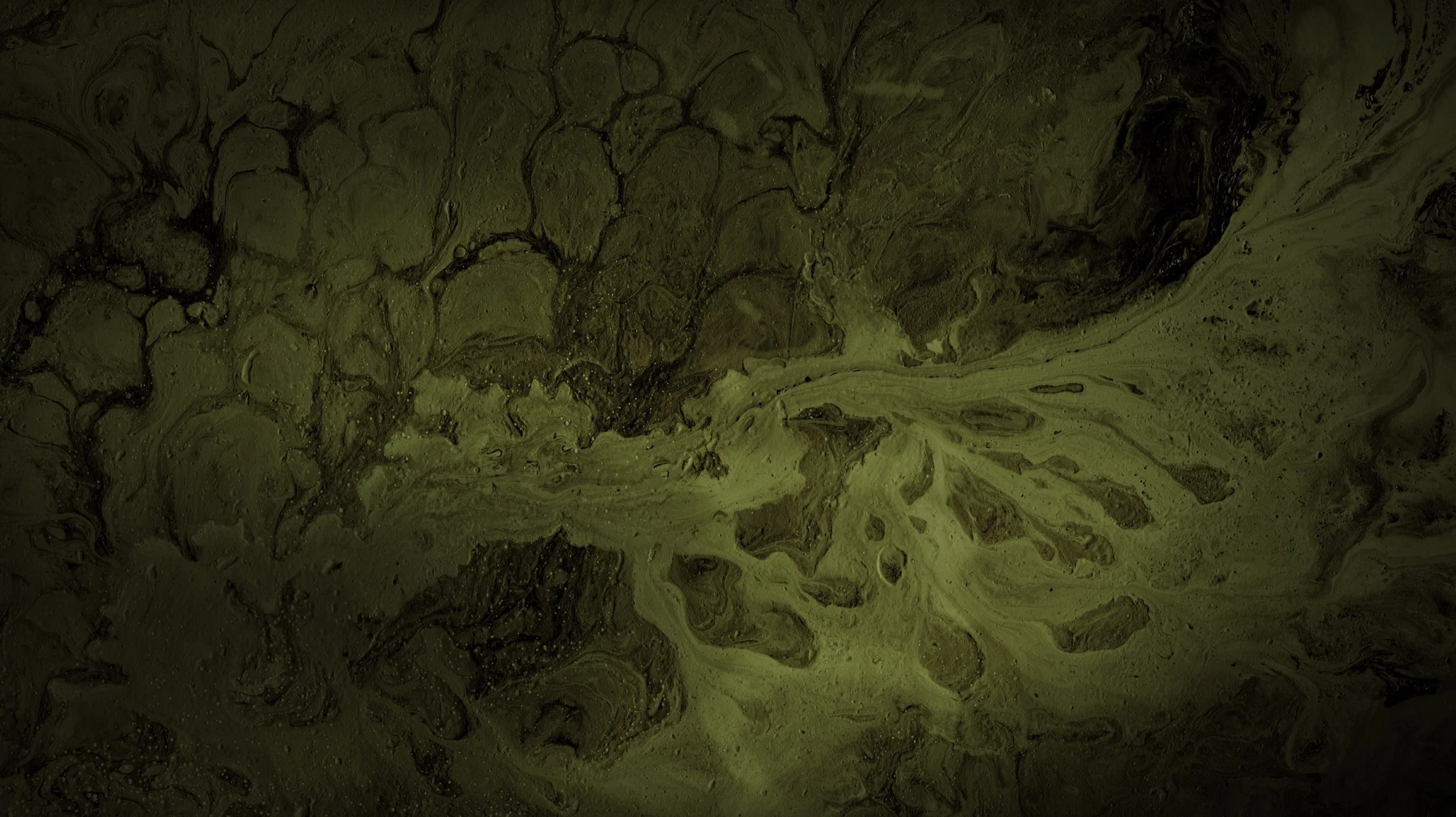
Book Reviews
‘One: The Grimoire of the Golden Toad’ by Andrew Chumbley
Few modern grimoires have carved their place into contemporary witchcraft quite like One. First issued in 2000 in a mere seventy-seven copies, Andrew Chumbley’s talismanic working on the East Anglian Toad Bone Rite has long hovered between legend and scarcity. With Xoanon’s new clothbound edition (777 hand-numbered copies), this seminal text is once again within reach.
‘Lucifer: Princeps and Praxis’ by Peter Grey
[…] To those contemplating the purchase of these volumes I can say that they constitute a definitive contemporary articulation of the Luciferian tradition from both a theoretical and an operative perspective, and a defining work in the evolutionary unfolding of the Western esoteric tradition. As such they are modern classics.
‘The Faceless God’ by Thomas Vincente
[…] The key here is that the idiom of the Faceless God is precisely that: something which is not bound by literalism. That is, it is not enough to refer to the figure as mere metaphor but, as Vincente discusses, it appears to be a phenomenological experiential reality which the author traces throughout such manifestations as ram-headed Egyptian deity, Sabbatic Devil, Black Pharaoh, or Osirian cult as manifestation of the Hidden Sun.
‘Hekate Ochetos’ by Harper Feist
Harper Feist’s Hekate Ochetos is an exceptional and exemplary text. It’s a rare privilege to be invited inside a practitioner’s most private moments; those that are encountered during the conduct of a theurgical retreat involving consecutive rites of invocation to, in this case, the goddess Hekate.
‘Mutabor’ by Frater Acher
Frater Acher leads us through a series of exercises to allow us to realise that “human flesh” is far broader than we might at first think, and that in fact, the medium of magic is “spirit contact”. Then he makes the extremely valid point that while a human may be performing a ritual for a particular purpose “the eyes of the Others, however, are not fixated on the ostensible human message but on the establishment of a new channel in the ubiquitous medium.”
‘Idolatry’ by Moshe Halbertal & Avishai Margalit
To my estimation, the ideas in this book are incredibly rich. In the colonial approach to the indigenous Americans and their native religiosity, these would repetitively be accused by their colonizers of being sodomites as well as idolaters, both concepts being still deeply linked in the Renaissance Christian mindset…
‘The Tarot of Marsilio’ by Christophe Poncet
Card by card, Poncet meticulously takes us through the process by which he recovered the iconographic provenance of each card’s imagery based upon primary artistic materials, close observation of fine detail, and comparative historical and textual research. Poncet performs a virtuoso exercise in iconographic connoisseurship to create an evidential chain that convincingly explains the origins of the Tarot de Marseille tradition.
‘Arriton’ by Ayis Lertas
The powerful agitation this book achieves has been a primary revelation; the pain of recognition, then non-recognition is a firm strike of the disciplinarian’s rod to let these figures speak for themselves. The journey this book invites its readers to embark upon is certainly not of universal appeal. Yet, for those intrigued by the power of visual culture and willing enough to surrender to the taciturn spirits Lertas has conjured into these images, a profound pilgrimage awaits.
‘The Sword of Song’ by Aleister Crowley
Sword of Song is a groundbreaking venture that still defies most categorizations. The temptation to parallel such an experiment with AC’s life is in some ways far too great to pass up on. (…) The book is a hybrid example of writing that entails much more than mere textuality may suggest. Hopefully Richard Kaczynski’s comprehensive edition will inspire revived and expansive interpretations of its contents for some time to come.
‘Betwixt God and the Devil’ by Richard Ward
Betwixt God and the Devil writer, Richard Ward, is certainly bewitched by the narrative spell of the muse throughout this book, fashioning a wonderful arch that elucidates the history of magic and witchcraft in the English county of Essex. Indeed, as the subtitle suggests, the book’s contents delve recommendably deep into Essex folk magic from the sixteenth century to the present day.
Harry Smith Cosmographies: The Naropa Lectures 1988-1990
For the student of Harry Smith’s life and oeuvre these lectures are an important living artifact. And for those new to his ways these talks are still able to transport and transform through their peripatetic power. When permitted to make sense in their own way, Smith’s wildly dancing ideas and energies of this collection remain powerful fetishes never to be reduced to any easily summarized or formally assessed school of thought.
‘Three Books of Occult Philosophy’, Translated by Eric Purdue
In his recent rendition of the Three Books, Eric Purdue has consulted Vittoria Perrone Compagni’s critical edition, which is based primarily on the 1533 version, all the while carefully comparing and contrasting it to the 1510 first edition, and the 1531 2nd edition as well as the first manuscript version Agrippa sent to Trithemius.
‘IO Typhon’ by Harper Feist
From within its pages beats the vibrant presence of the encounters from which this book was born. This typhonic pulse is as unmistakable in Harper Feist’s book as it is in the works of Austin Osman Spare, Andrew Chumbley, Orryelle Defenestrate-Bascule, or Gast Bouschet. IO Typhon is a donkey’s skull your thoughts feed with blood while reading.
‘Two Esoteric Tarots’ by Peter Mark Adams and Christophe Poncet
I would recommend this publication to anyone with an interest in the tarot, and it works well as both an introduction to the historical, cultural, and spiritual contexts of both the Sola-Busca and Tarot de Marseille. It is a triumph of two passionate and sincere researchers and a genuine benefit to an audience within and without the magical community – perhaps even art critics.
‘IO Typhon’ by Harper Feist
IO TYPHON is an exemplary literary and theurgical text; a striking and original expression of contemporary esoteric thought and praxis that unfolds in eight distinctive movements. Its combination of subject (the draconian current) and context (that of ritual invocation) provides compelling subject matter.
‘Blackthorn – Whitethorn’ by Nigel G. Pearson
The underscoring theme of Blackthorn Whitethorn is that precise in-betweenness, the position of not-this not-that (Sanskrit Neti-Neti), a concept and means of apprehending that is as elusive as the roebuck being pursued — or that pursues us — and as thorny as the entangled thicket. This concept — arguably a fundamental ethos of witchery — demands that we adopt an alternate way of approaching, through poetic inference; for it is ineffable in the truest sense, and thence a Nameless Art.
‘Goêtic Atavisms’ by Frater Acher and Craig ‘VI’ Slee
This book requires multiple readings to understand how deftly the various sections gel together, despite their differences, or because of them. “What you did as a child that made the hours pass like minutes? Therein lies the key to your earthly pursuits” (C.G. Jung). This is one such puzzle of a book with which you could have hours of pleasure.
‘Cloven Country’ by Jeremy Harte
Cloven Country is several things at once; a travelogue of Devilish spoor, a meditation on the way landscape affects the human imagination; a historical feeling-out of folk-religiosity, word of mouth – and the way human changes in society and culture are reflected in the stories we tell ourselves.
‘Magic in Merlin’s Realm’ by Francis Young
No matter one’s views on politics, monarchies and the like, this book may very well start one wondering who exactly benefits from the myth of disenchantment, while at the same time surrounding us with images and branding drawn from the wildest dreams of propagandists, spin doctors and advertisers.
‘Hagia Sophia’ by Peter Mark Adams
Hagia Sophia Sanctum of Kronos: Spiritual Dissent in an Age of Tyranny is Peter Mark Adams’ third book in a series of writings on classical initiation and its survival into the Renaissance. According to Adams, the Hagia Sophia itself is the incarnation of the most important ideas of Hellenistic theurgy, or spiritual practice wherein identification with, and even possession by one’s chosen devotional deity was the ideal.



